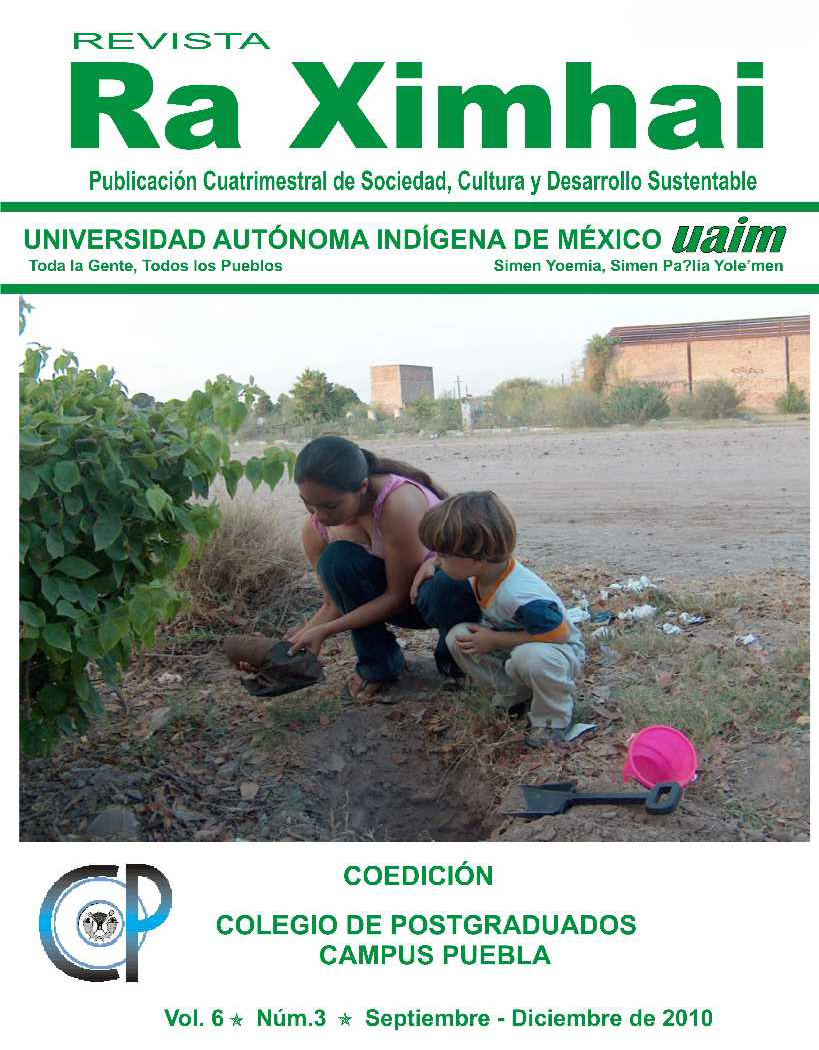Software development model for ethnobilingual dictionaries
DOI:
https://doi.org/10.35197/rx.06.03.2010.12.mmKeywords:
cultural context, vocabulary, ethnicity, human-computer interaction, software engineeringAbstract
A comprehensive model for the development of dictionary software is described, which will allow the storage and retrieval of textual and visual information, and most importantly, incorporating the audio of the spoken language. Taking into account both the characterization of the indigenous cultural reality and the technical aspects of software construction. This model is composed of the following phases: description of the context, lexicographic design, computational and multimedia design, construction and testing of the application. The influence of the contact of the Spanish language with the great variety of languages spoken throughout Latin America is unquestionable, causing the most diverse and extensive communications. Causing that within the speaking communities there is an interest in preserving their native language so that people identify with their own roots, transmitting their legacy to the new generations. The model is designed to develop dictionary software with factors that are true in the indigenous reality, such as: low budgets, operation on computer equipment with limited resources and human resources with minimal skills. And it is exemplified by the development of the Spanish-Chatino dictionary spoken in the town of Santos Reyes Nopala, Oaxaca in the coastal region of Mexico.
Downloads
References
Adobe .2008. DreamWeaver Obtenida el 10 de Febrero de 2010. Disponible en http://www.adobe.com
Alsacréations.2008. Dewplayer. Obtenida el 01 de Febrero de 2010. Disponible en http://www.alsacreations.fr/dewplayer-en.
Catrileo, M. 1988. Mapudunguyu: Curso de Lengua Mapuche. Universidad Austral de Chile. Obtenida el 01 de Abril de 2009. Disponible en
http://www.xs4all.nl/~rehue/lang/gloss.html CDI.2009.Día Internacional de la lengua
materna.Obtenida el 01 de Abril de 2009. Disponible en
http://www.cdi.gob.mx/index.php?option=com
_content&task=view&id=260&Itemid=56 Eckstein, Robert. 2007. Java SE Application Design
With MVC. Obtenida el 01 de Abril de 2009. Disponible en
http://java.sun.com/developer/technicalArticle s/javase/mvc/
Enciclopedia de los Municipios de México. 2009. SANTOS REYES NOPALA. Obtenida el 01 de Abril de 2009. Disponible en http://www.e- local.gob.mx/work/templates/enciclo/oaxaca/ municipios/20526a.htm
Fowler, Martin. 1999. UML gota a gota .Addison Wesley. México. 224 pág.
Isajiw, Wsevolod W..1993. Definition And Dimensions Of Ethnicity: A Theoretical Framework. Obtenida el 06 de Febrero de 2009. Disponible en https://tspace.library.utoronto.ca/handle/1807/ 68.
Sepúlveda, Gastón.1979. Algunos problemas de la Etnolingüística. Obtenida el 02 de Abril de 2009.Disponible en
http://www.humanidades.uach.cl/documentos_ linguisticos/docannexe.php? Id=187.
Swadesh, Mauricio.1966. El lenguaje y la vida humana. Fondo de Cultura Económica. México. 395 págs.
UNICEF.2006. Diccionario Virtual Kichwa. Obtenida el 01 de Febrero de 2010. Disponible en http://www.bibliotecaonu.org.ec/ResultsPreli.a spx?Code=547
Downloads
Published
How to Cite
Issue
Section
License
Copyright (c) 2010 Melchora Morales Sánchez, Erasmo Miranda Bojórquez

This work is licensed under a Creative Commons Attribution-NonCommercial 4.0 International License.
Usted es libre de:
- Compartir — copiar y redistribuir el material en cualquier medio o formato
- Adaptar — remezclar, transformar y construir a partir del material
- La licenciante no puede revocar estas libertades en tanto usted siga los términos de la licencia
Bajo los siguientes términos:
- Atribución — Usted debe dar crédito de manera adecuada , brindar un enlace a la licencia, e indicar si se han realizado cambios . Puede hacerlo en cualquier forma razonable, pero no de forma tal que sugiera que usted o su uso tienen el apoyo de la licenciante.
- NoComercial — Usted no puede hacer uso del material con propósitos comerciales .
- No hay restricciones adicionales — No puede aplicar términos legales ni medidas tecnológicas que restrinjan legalmente a otras a hacer cualquier uso permitido por la licencia.








